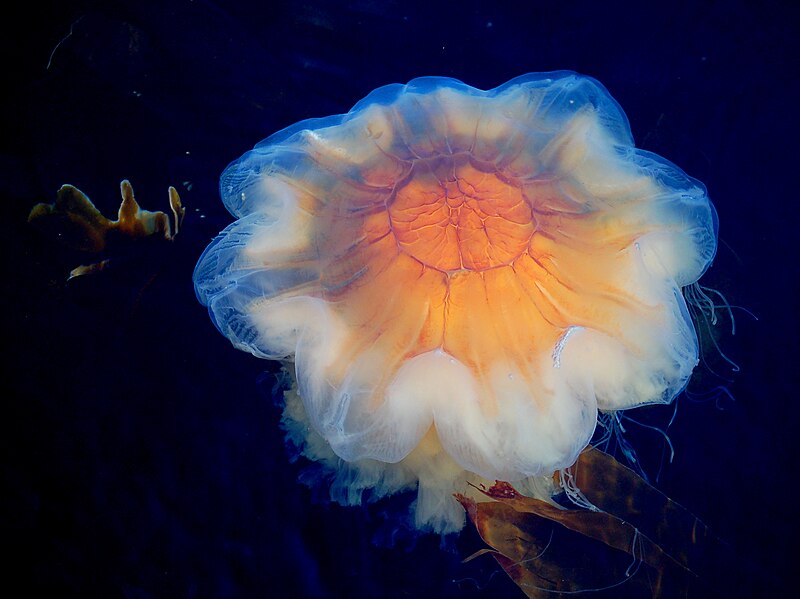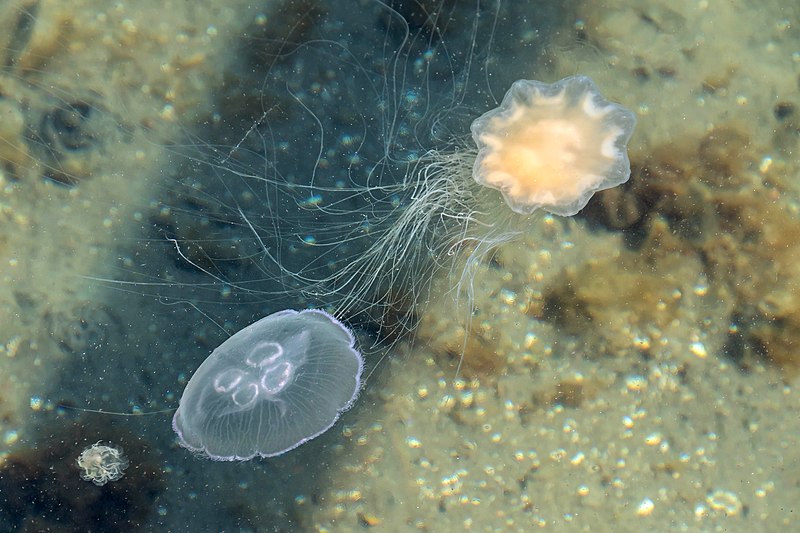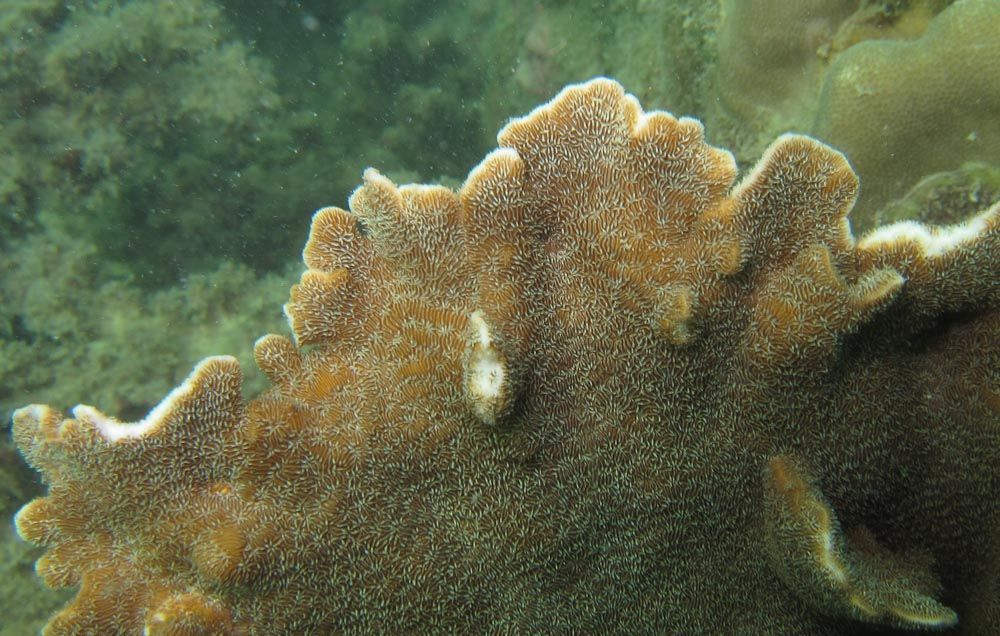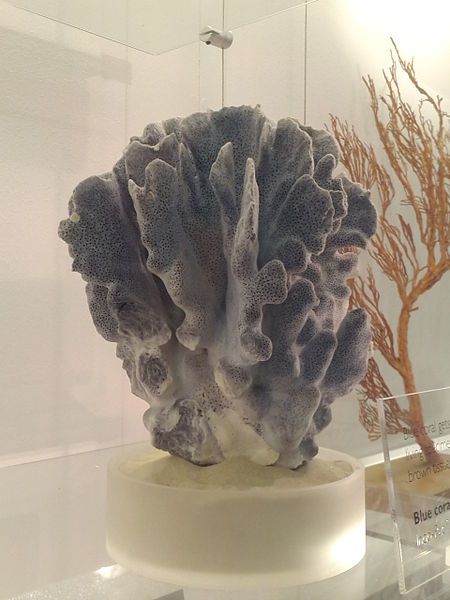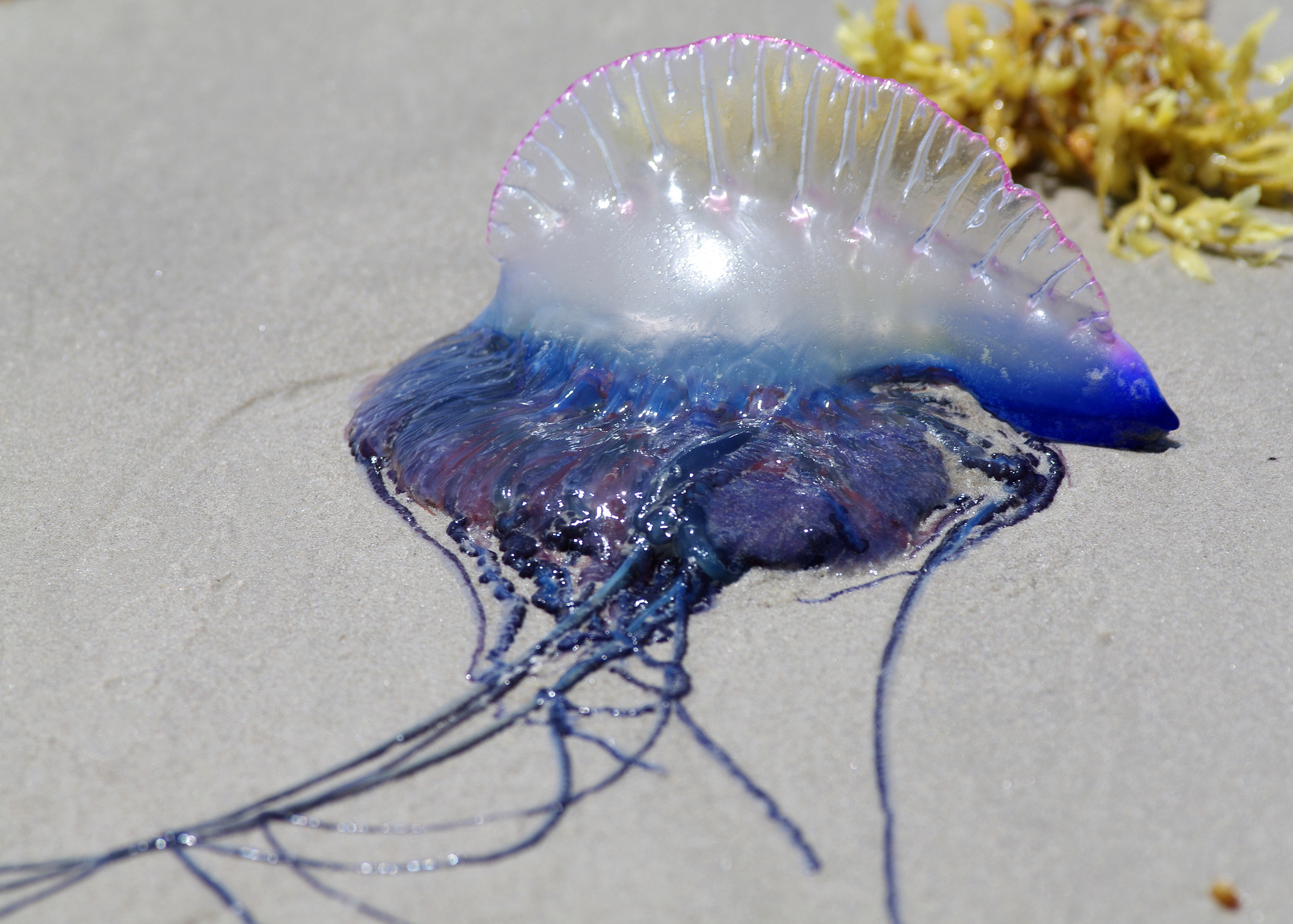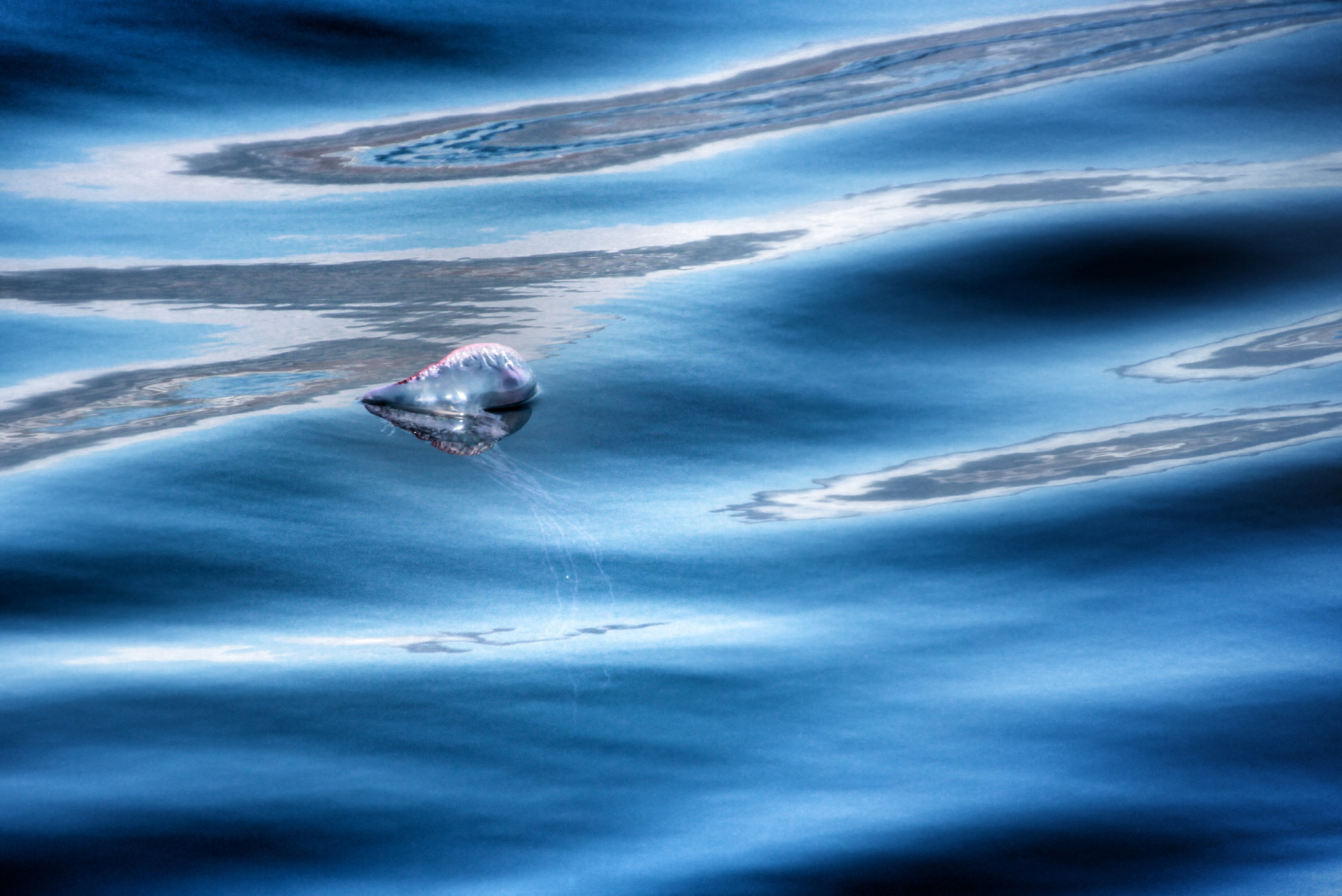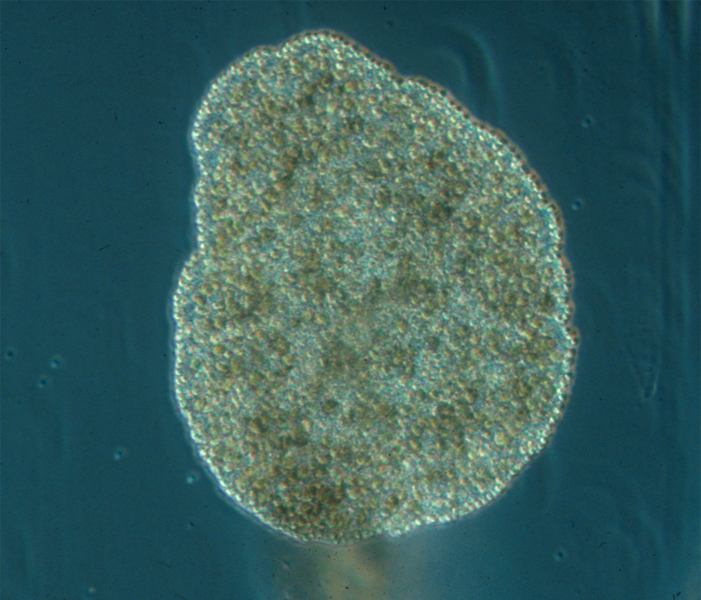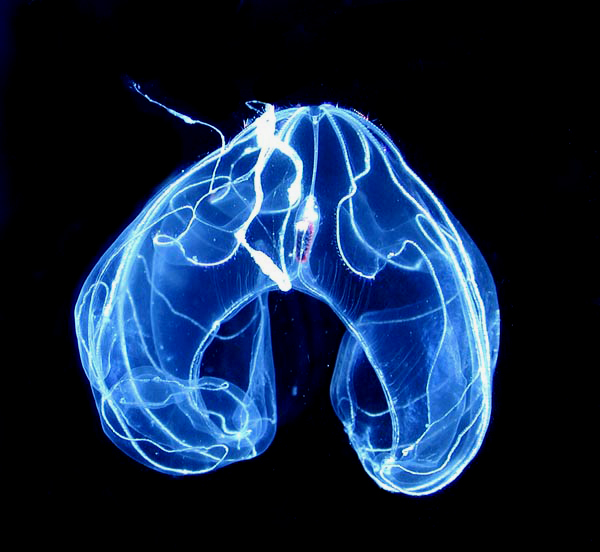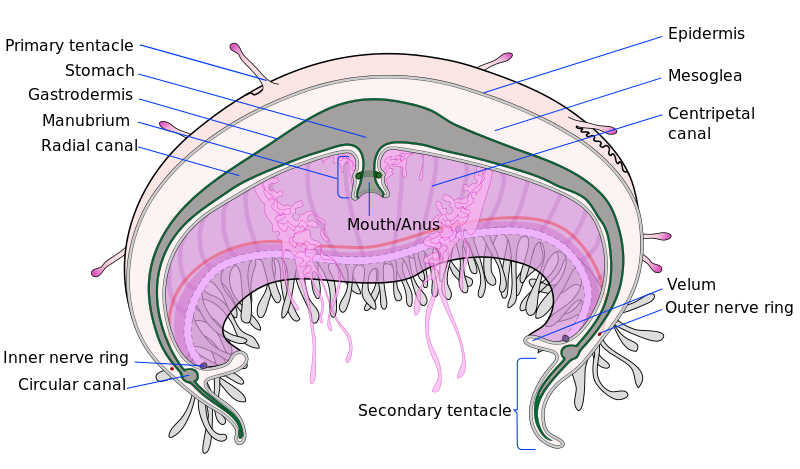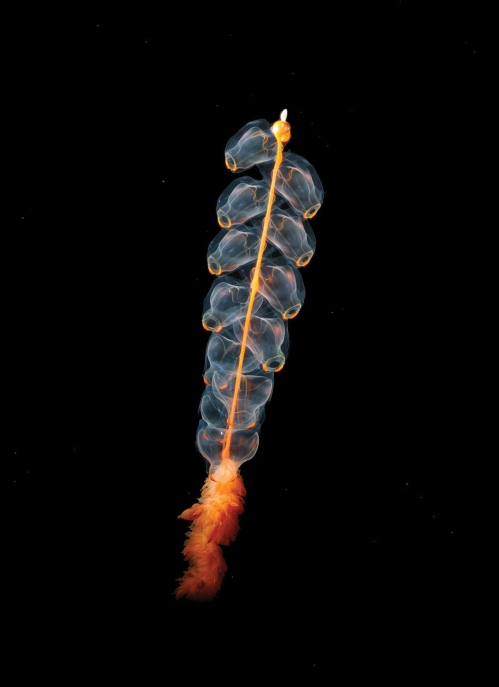by Piter Kehoma Boll
When we think of a jellyfish, we imagine it pulsating in the water column with its tentacles hanging from its underside. However some jellyfish do not behave exactly like that. This is the case, for example, with those of the genus Cassiopea, which includes the so-called upsidedown jellyfishes. The most studied species of Cassiopea is Cassiopea andromeda, which I decided to call the Indo-Pacific Upsidedown Jellyfish.
As you can imagine from the name I chose to it, the Indo-Pacific upsidedown jellyfish is native from the Indo-Pacific area. The reason why this and other species of this genus are called upsidedown jellyfish is because they are exactly that. They prefer not to swim around like regular a jellyfish, but rather stay near the bottom with their tentacles and mouth facing upward. As a result, they may end up being mistaken for sea anemones.
An adult Indo-Pacific upsidedown jellyfish measures up to 30 cm in diameter and has a brownish bell and arms with tentacles whose shape varies from pointy to flat, round or slender and the color varies from white to brown, red, pink, yellow, green or blue. This species is carnivorous, of course, like most cnidarians, and feeds on small animals that it captures and paralyzes.

Adult Indo-Pacific upsidedown jellyfish are gonochoric, i.e., there are male and female specimens. Males release sperm in the water, which enters the body of the females and fertilizes the eggs. The eggs are kept inside the oral disc (the “mouth”) of the female until they develop into a free-living planula larva. The planula eventually settles when it founds a suitable substrate and develops into a polyp. The polyps can produce buds from their lower portion which detach and end up settling somewhere else to develop into new polyps. As the polyp grows, it turns into a young free-living medusa (ephyra), which grows to become and adult, restarting the cycle. An ideal place for the polyps to settle and develop are the roots of magroves, so this is one of the most common environments to find these jellyfish.
The Indo-Pacific upsidedown jellyfish is also known for its symbiotic relationship with zooxanthellae, unicellular algae (dinoflagellates) of the genus Symbiodinium. It is their presence that gives the jellyfish its brownish color. Both medusae and polyps have the algae inside them, but they are not passed vertically from the mother to the planulae. The polyps, instead, capture them freshly from the environment.

The algae provide nutrients for the jellyfish and the jellyfish, in turn, provides protection for the algae and ensures they will receive sunlight for photosynthesis. Several different Symbiodinium species are associated with the polyps, but this number often decreases to a single species in the adult medusae. As the shallow waters in which these jellyfish often live usually are prone to reach considerably high temperatures, not all zooxanthellae can survive.
Although the Indo-Pacific upsidedown jellyfish is native from the Indo-Pacific, it has been introduced in other parts of the world as well. It reached the Mediterranean probably through the Suez canal many decades ago and it has been recently found at the Atlantic coast of the Americas too. Another upsidedown jellyfish is native from this region, the Atlantic upsidedown jellyfish Cassiopea xamachana, and the consequences of both species meeting is still unknown. Let’s hope that the Indo-Pacific invader does not lead the Atlantic species to extinction.
– – –
– – –
References:
Çevik, C., Erkol, I. L., & Toklu, B. (2006). A new record of an alien jellyfish from the Levantine coast of Turkey-Cassiopea andromeda (Forsskål, 1775)[Cnidaria: Scyphozoa: Rhizostomea]. Aquatic Invasions, 1(3), 196-197.
Hofmann, D. K., Neumann, R., & Henne, K. (1978). Strobilation, budding and initiation of scyphistoma morphogenesis in the rhizostome Cassiopea andromeda (Cnidaria: Scyphozoa). Marine Biology, 47(2), 161-176. https://doi.org/10.1007/BF00395637
Lampert, K. P. (2016). Cassiopea and its zooxanthellae. In The Cnidaria, past, present and future (pp. 415-423). Springer, Cham. https://doi.org/10.1007/978-3-319-31305-4_26
Morandini, A. C., Stampar, S. N., Maronna, M. M., & Da Silveira, F. L. (2017). All non-indigenous species were introduced recently? The case study of Cassiopea (Cnidaria: Scyphozoa) in Brazilian waters. Journal of the Marine Biological Association of the United Kingdom, 97(2), 321-328. https://repositorio.unesp.br/bitstream/handle/11449/162535/WOS000395463500012.pdf?sequence=1
Stampar, S. N., Gamero-Mora, E., Maronna, M. M., Fritscher, J. M., Oliveira, B. S., Sampaio, C. L., & Morandini, A. C. (2021). The puzzling occurrence of the upside-down jellyfish Cassiopea (Cnidaria: Scyphozoa) along the Brazilian coast: a result of several invasion events?. Zoologia (Curitiba), 37. https://doi.org/10.3897/zoologia.37.e50834
– – –
* This work is licensed under a Creative Commons Attribution-ShareAlike 4.0 International License.
This work is licensed under a Creative Commons Attribution-ShareAlike 4.0 International License.


